Table of Content
The first route constructed in Delhi Metro Phase II was the Delhi Metro Green Line. The Delhi Metro Green Line, also called Line 5, links northwest Delhi to Haryana, running from Inderlok in Delhi to Brigadier Hoshiyar Singh Station in Haryana. Similar to the Blue Line, the Green Line also has a branch line that links Ashok Park Main Station to Kirti Nagar Station. The elevated Delhi Metro Green Line consists of 24 stations along its route.
Delhi Metro Green Line: Key facts
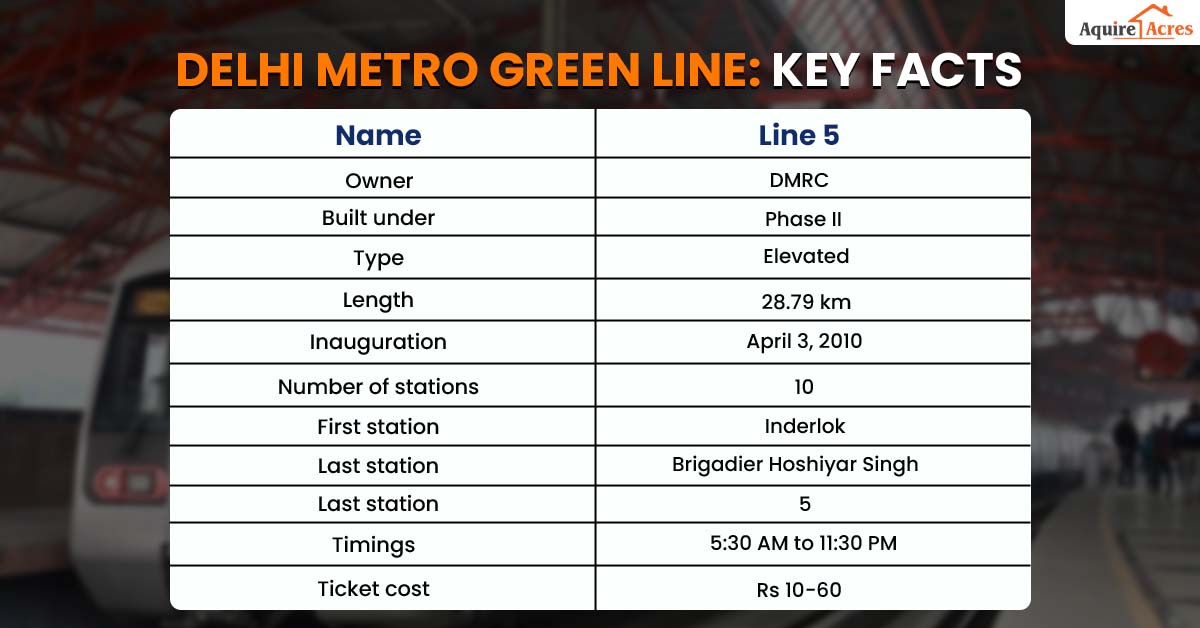
Stations on Delhi Metro Green Line
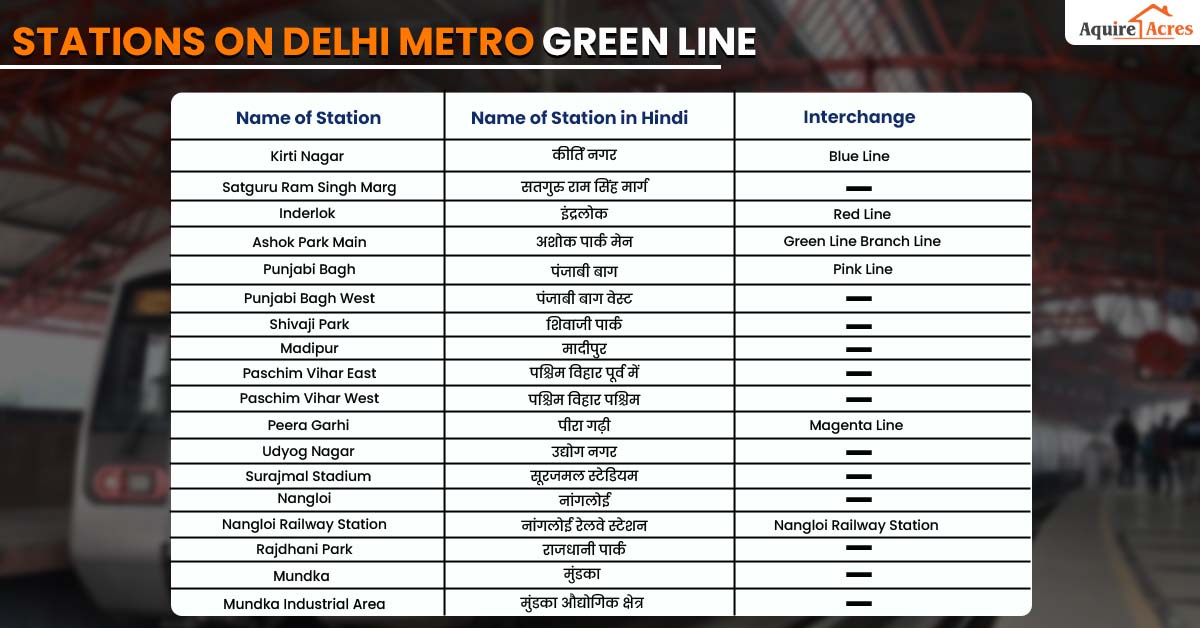
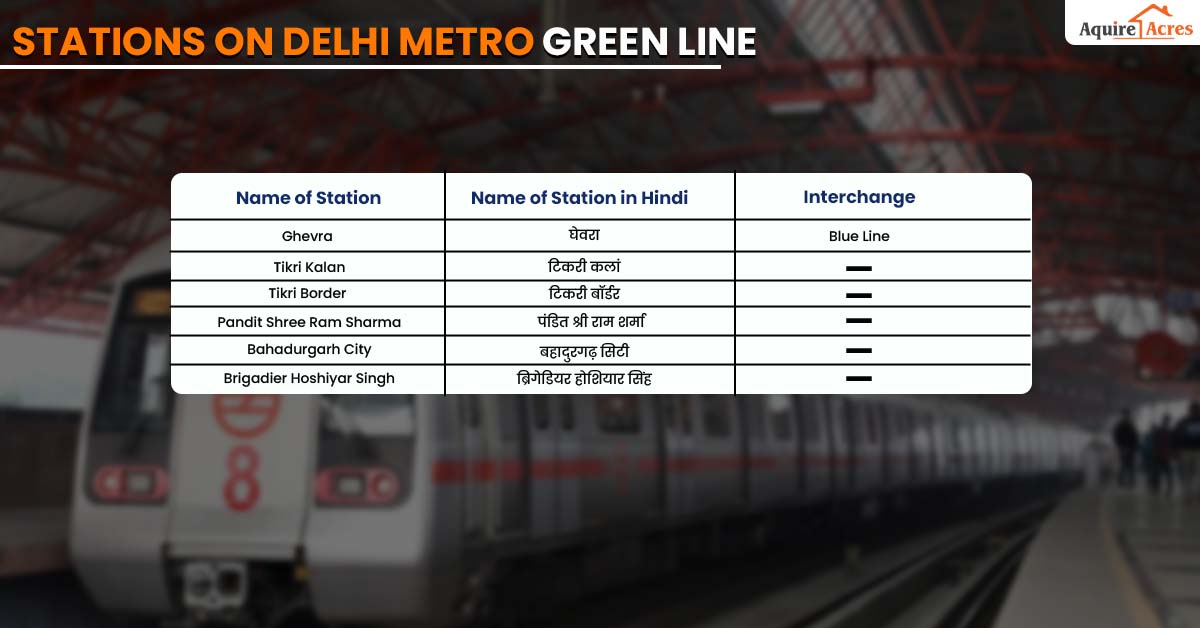
Delhi Metro Green Line: Route map
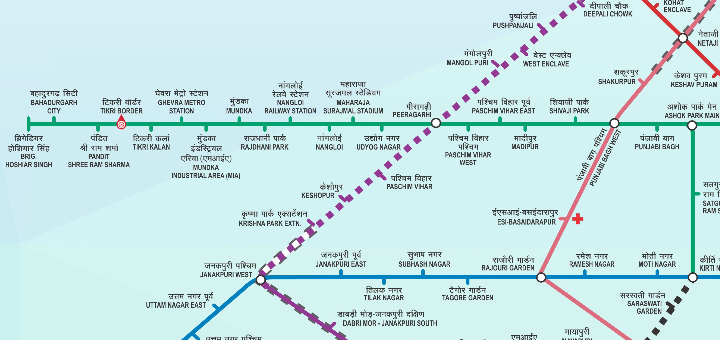
Delhi Metro Green Line: Extension
Prime Minister Narendra Modi inaugurated the construction of a metro route on March 14, 2024, which will connect the Inderlok Metro Station with the Indraprastha Metro Station. On March 13, the Rs 8,399 crore project was approved by the Union Cabinet.
Inderlok-Indraprastha corridor
The Inderlok-Indraprastha corridor, which is an extension of the Green Line, will offer connections to the Red Line, Yellow Line, Airport Line, Magenta Line, Violet Line, and Blue Line. This metro corridor will improve transportation links to the Bahadurgarh area of Haryana.
Stations on the Inderlok-Indraprastha corridor
- Inderlok
- Daya Basti
- Sarai Rohilla
- Ajmal Khan Park
- Nabi Karim
- New Delhi
- LNJP Hospital
- Delhi Gate
- Delhi Sachivalaya
- Indraprastha
Delhi Metro Green Line: Ticket cost in 2024
The fare on this line would depend on the distance covered
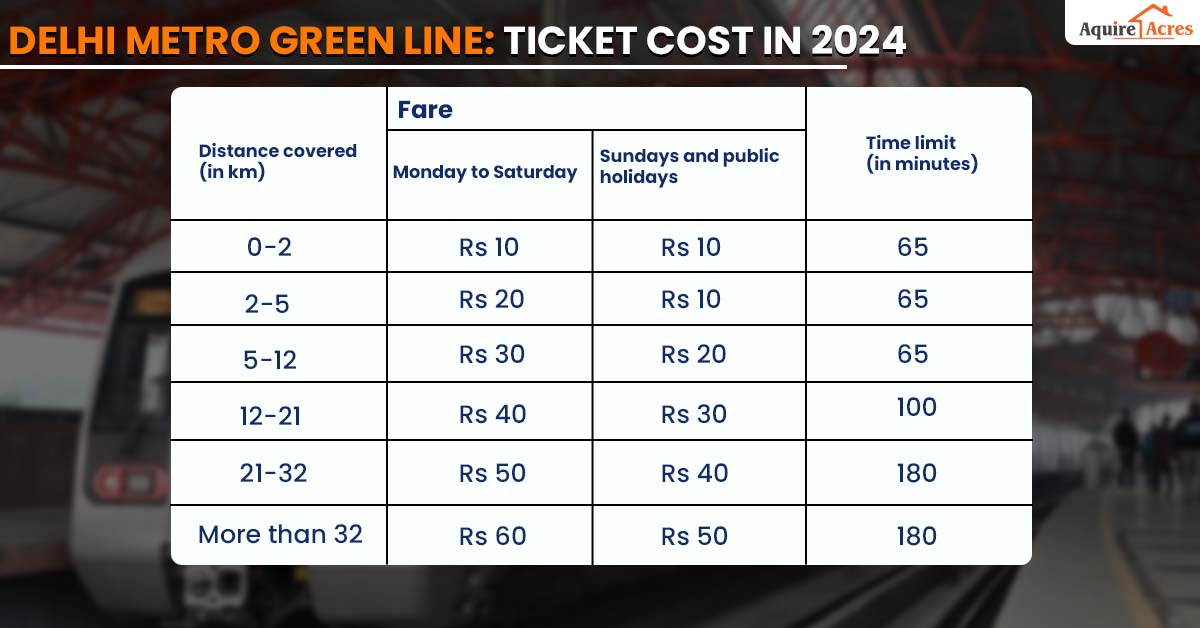
Mundka to Ashok Park Main
Peak hours
Weekday: 4 min 10 sec
Weekend: 5 min
40 sec (approx.)
Non-peak hours
Weekday: 5 min 10 sec
Weekend: 5 min
40 sec (approx.)
Kirti Nagar-Inder Lok to Ashok Park Main
Peak hours
Weekday: 08 min 20 sec
Weekend:
11 min 20 sec (approx.)
Non-peak hours
Weekday: 10 min 20 sec
Weekend:
11 min 20 sec (approx.)
Mundka to Brig. Hoshiyar Singh
Peak hours
Weekday: 6 min 15 sec
Weekend:
8 min 37 sec (approx.)
Non-peak hours
Weekday: 7 min 45 sec
Weekend:
8 min 37 sec (approx.)
Green Line Station: Helpline numbers
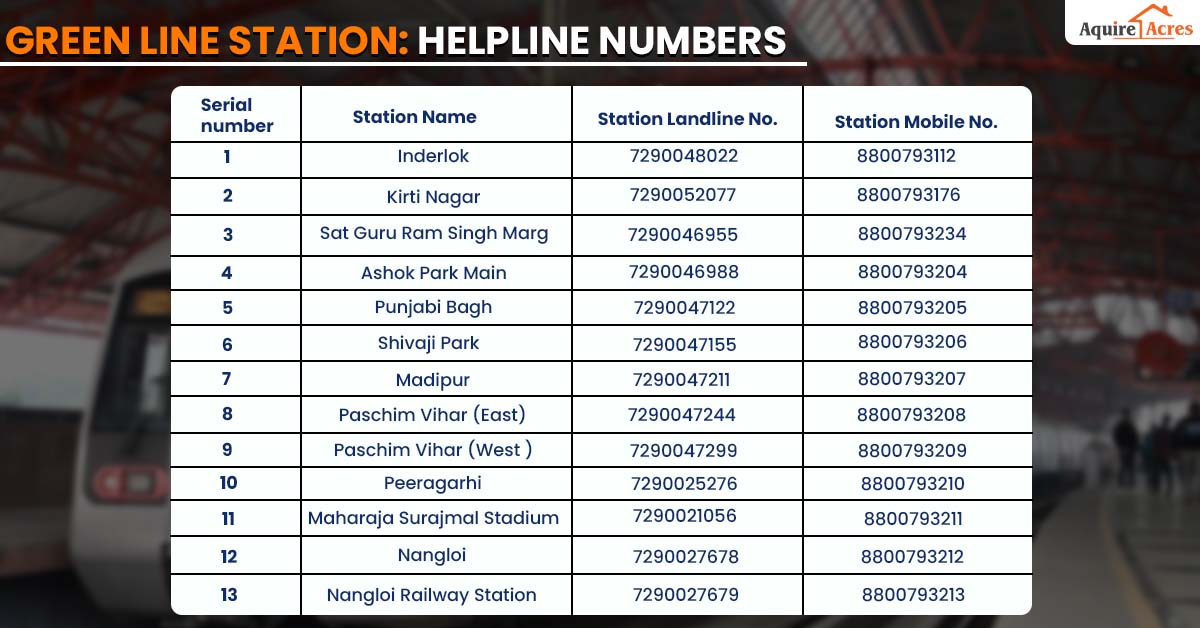
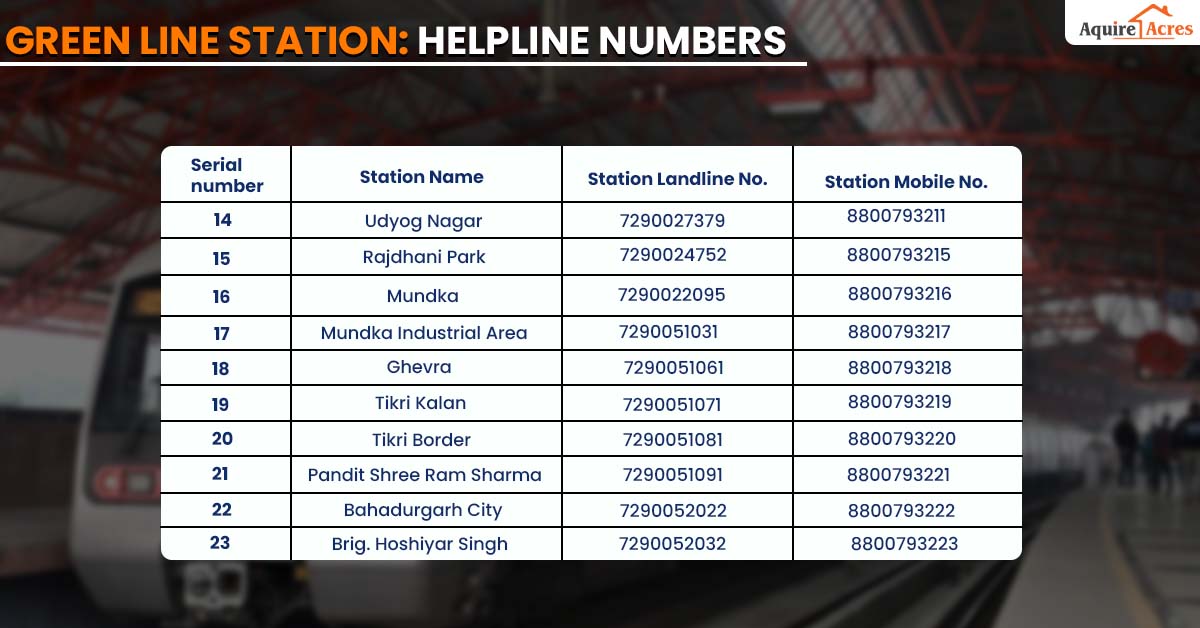
.jpg)
Real estate impact
Despite its shorter route, the Green Line of the Delhi Metro is essential for residents of Delhi. This is due to its strategic location near important interchange stations like Punjabi Bagh, Paschim Vihar, Nangloi, and Mundka, which serve as significant commercial and residential centers in the city.
Strategic connectivity
The Green Line plays a crucial role in connecting different areas of Delhi through key interchange stations like Punjabi Bagh, Paschim Vihar, Nangloi, and Mundka. These stations serve as crucial hubs for passengers to transfer between metro lines, making it easier to travel around the city without interruption.
Also Read: Delhi Metro Silver Line to be extended to Terminal 1
Commercial centres
Punjabi Bagh, along with other stations, serves as key commercial hubs in Delhi, accommodating a variety of businesses, offices, shopping centers, and markets. The Green Line allows easy access to these busy locations, making it convenient for commuters to get to work or conduct business.
Residential areas
The Green Line passes through numerous highly populated residential areas like Paschim Vihar, Nangloi, and Mundka. The metro line is a convenient and efficient transportation option for residents in these areas, allowing them to commute daily, participate in leisure activities, and access essential services.
Economic impact
The Green Line influences the economies of the areas it travels through in a beneficial way. Enhanced connectivity results in higher accessibility, which drives economic growth through attracting investments, stimulating commercial activities, and increasing property values along the metro corridor.
Reduced traffic congestion and pollution
By providing a reliable alternative to private vehicles, the Green Line contributes to reducing traffic congestion and air pollution in Delhi. The availability of efficient public transportation encourages people to opt for metro travel, alleviating the strain on the city’s road network and improving overall air quality.
Also Read: Delhi Metro renames its upcoming Silver Line Metro to Gold Line

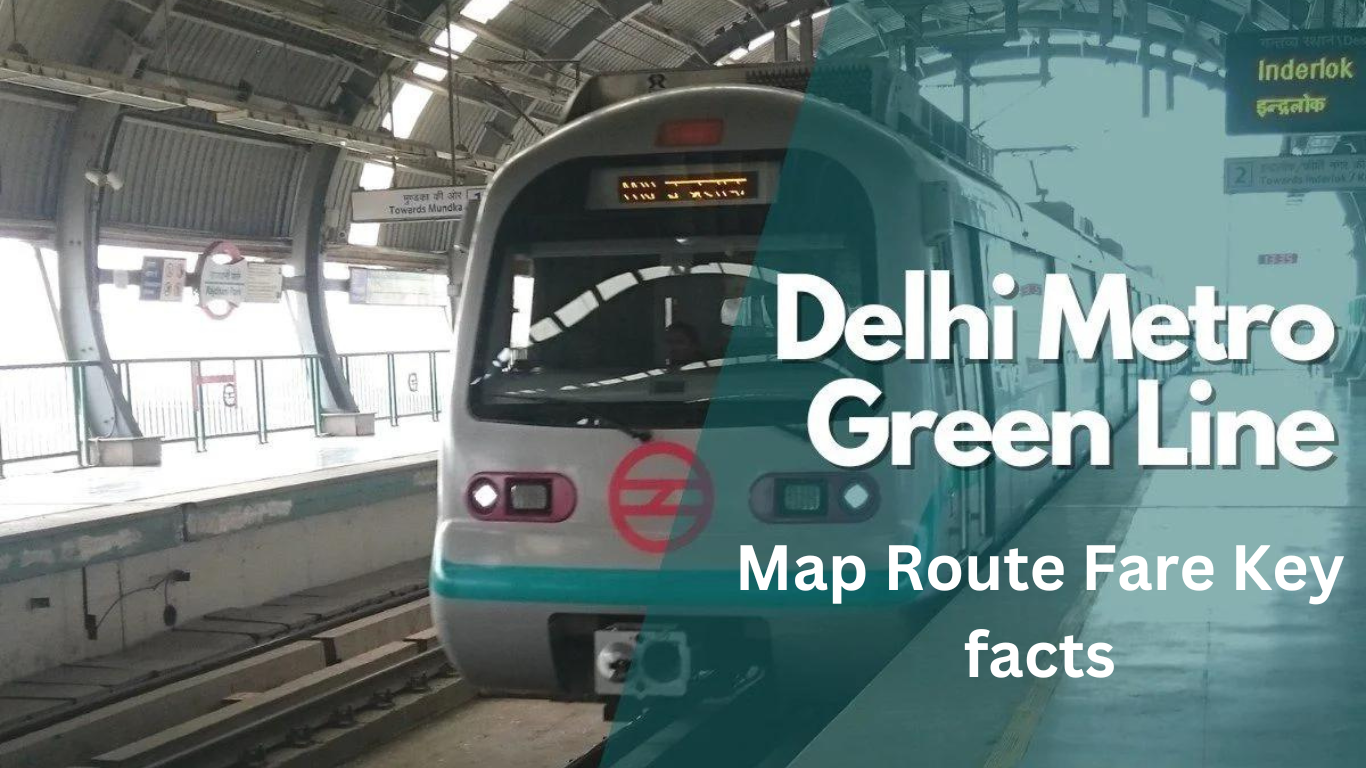

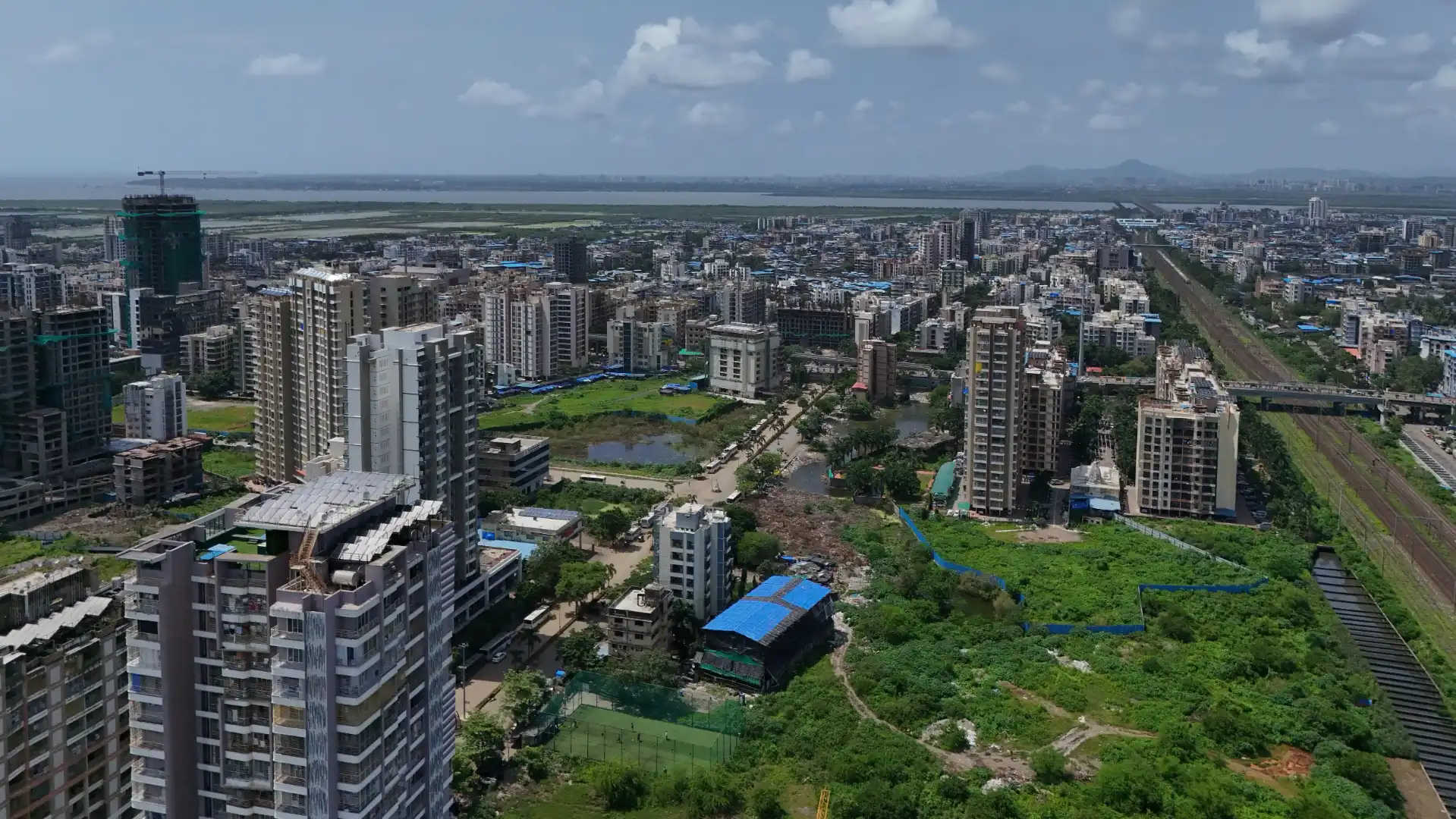
_1767164061.webp)


Ans 1. The Green Line of the Delhi Metro consists of 24 stations.
Ans 2. Green LineBahadurgarh City Metro Station (formerly known as Bus Stand metro station) is a station on the Green Line of the Delhi Metro and is located in the Bahadurgarh town in Haryana.
Ans 3. Punjabi Bagh, Peeragarhi, Nangloi and Inderlok are the popular stops on the Green Line of the Delhi Metro.
Ans 4. The first train on the Green Line of the Delhi Metro departs at 5:30 AM.
Ans 5. The last train on the Green Line of the Delhi Metro departs at 11:30 PM.